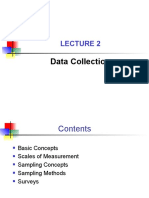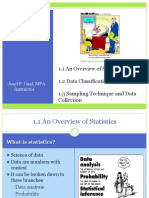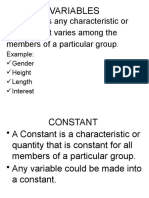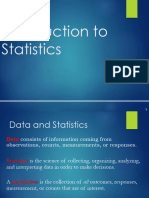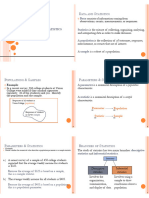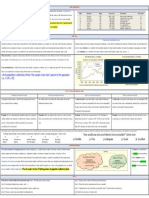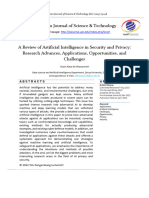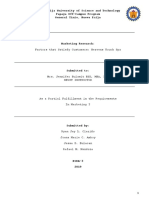0% found this document useful (0 votes)
10 views41 pagesLecture 02
This lecture covers data collection methods in statistics, distinguishing between primary and secondary data, as well as structured and unstructured data. It discusses various sampling methods, including statistical and nonstatistical sampling, and emphasizes the importance of data quality and survey design. Key concepts such as variables, observations, and scales of measurement are also introduced.
Uploaded by
lllinhtamCopyright
© © All Rights Reserved
We take content rights seriously. If you suspect this is your content, claim it here.
Available Formats
Download as PDF, TXT or read online on Scribd
0% found this document useful (0 votes)
10 views41 pagesLecture 02
This lecture covers data collection methods in statistics, distinguishing between primary and secondary data, as well as structured and unstructured data. It discusses various sampling methods, including statistical and nonstatistical sampling, and emphasizes the importance of data quality and survey design. Key concepts such as variables, observations, and scales of measurement are also introduced.
Uploaded by
lllinhtamCopyright
© © All Rights Reserved
We take content rights seriously. If you suspect this is your content, claim it here.
Available Formats
Download as PDF, TXT or read online on Scribd
/ 41
